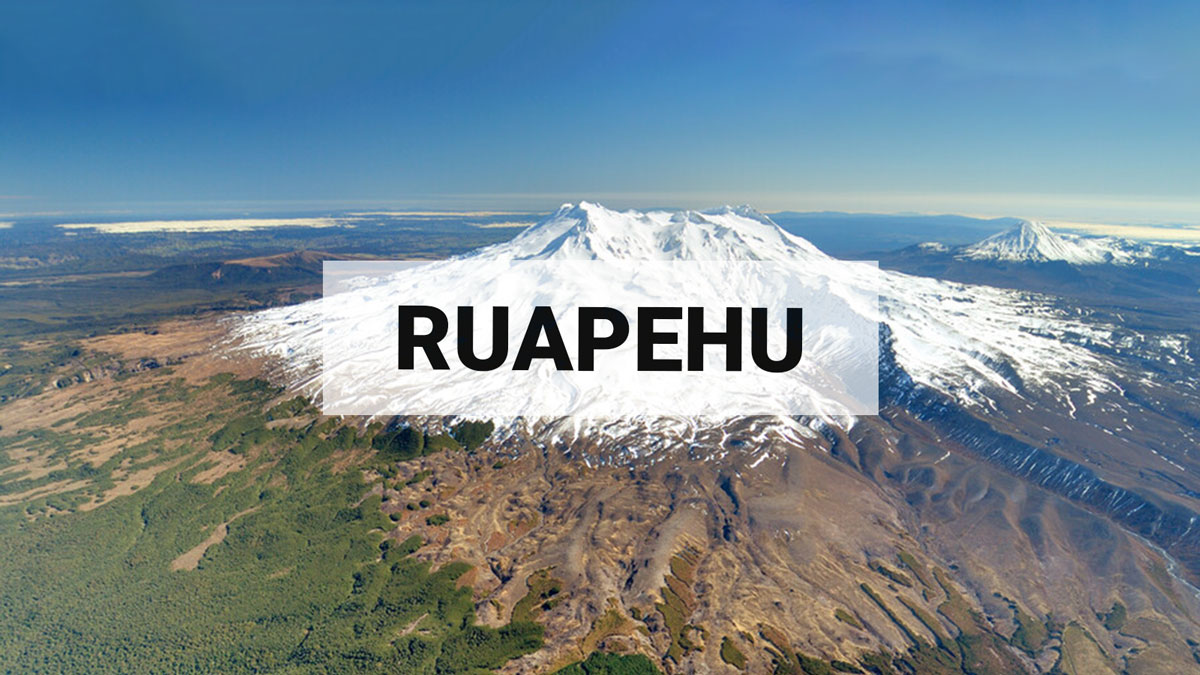
Minor seismic sequence over at Mt Ruapehu
The episode of volcanic earthquakes beneath Mt Ruapehu has ended, and observations and models indicate the heating phase of the Crater Lake (Te Wai ā-moe) has likewise ended.
Between 15 and 21 March (NZ local time) GNS Science volcanologists detected a sequence of seismic events beneath Mt Ruapehu that can be categorised as volcanic earthquakes (see RUA 2018-01). The sequence now appears to be over. These earthquakes were of relatively small magnitude and consistent with a source beneath the summit area.
The Crater Lake (Te Wai ā-moe) temperature is currently at 38oC. While the temperature has been at an elevated temperature since August 2017 (see also RUA - 2017/01), observations and models suggest that the heat input by the volcano started decreasing this past week. A routine monitoring visit to Te Wai ā-moe this morning to collect water and gas samples observed lake upwelling, gas odors, and a small overflow, consistent with low levels of activity.
Since Te Wai ā-moe reformed in 2003, the lake has undergone many heating and cooling cycles. Current observations are consistent with normal minor unrest behaviour. The Volcanic Alert Level, therefore, remains at 1 and the Aviation Colour Code at Green.
Volcano Alert Level 1 corresponds to minor unrest. Volcanic unrest hazards can occur on and near the volcano, and may include steam eruptions, volcanic gases, earthquakes, landslides, uplift, subsidence, changes to hot springs, and/or lahars (mudflows). Eruptions can occur with little or no warning.
GNS Science continues to closely monitor Mt Ruapehu and our other active volcanoes through the GeoNet project.
Natalia Deligne, Duty Volcanologist
Media Contact: Brad Scott